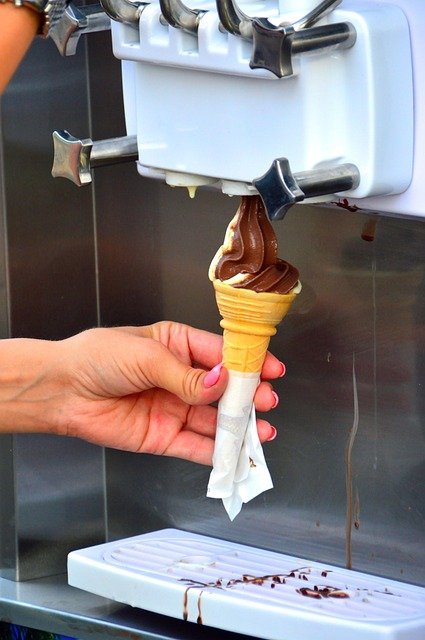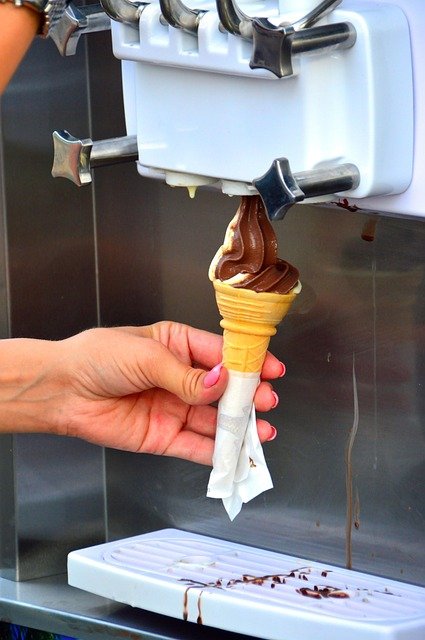Best Commercial Ice Makers for Restaurants: Key Buying Tips
July 9, 2025 | by li, moniker

Running a successful restaurant requires more than just great food and service—it also demands reliable equipment to keep operations smooth. One essential piece of machinery is the restaurant supply ice maker, a critical component for beverage service, food preservation, and customer satisfaction. Whether you operate a high-volume bar, a bustling café, or a fine-dining establishment, choosing the right ice maker can impact efficiency, hygiene, and overall profitability. This article explores key considerations when selecting an ice maker, from capacity and ice type to maintenance and energy efficiency. By understanding these factors, restaurant owners can make informed decisions that enhance their business operations.
Why a Commercial Ice Maker is Essential for Restaurants
Unlike residential ice makers, commercial ice makers are built to withstand heavy use, producing large quantities of ice quickly and consistently. Restaurants rely on ice for drinks, seafood displays, salad bars, and even first-aid applications. A high-quality Commercial Ice Maker ensures that businesses never run out of ice during peak hours, preventing disruptions in service. Additionally, commercial-grade machines are designed with durability in mind, reducing downtime and repair costs. Investing in the right ice maker can mean the difference between seamless operations and frustrating delays that affect customer experience.
Key Features to Consider When Choosing an Ice Maker
Selecting the right ice maker involves evaluating several factors:
- Production Capacity: Determine how much ice your restaurant needs daily. High-volume establishments may require undercounter or modular ice makers that produce hundreds of pounds per day.
- Ice Type: Cube, nugget, or flake ice each serve different purposes. Cube ice is ideal for drinks, while flake ice works best for food displays.
- Energy Efficiency: Look for ENERGY STAR-rated models to reduce operational costs.
- Ease of Maintenance: Self-cleaning features and accessible components simplify upkeep.
By carefully assessing these features, restaurant owners can choose a machine that aligns with their specific needs.
Maintenance Tips to Extend Your Ice Maker’s Lifespan
Regular maintenance is crucial to keep a restaurant supply ice maker running efficiently. Neglecting cleaning and servicing can lead to bacterial growth, reduced ice quality, and mechanical failures. Follow these best practices:
- Clean the machine weekly using food-safe sanitizers to prevent mold and scale buildup.
- Inspect water filters regularly and replace them as needed to ensure clean, odor-free ice.
- Check condenser coils for dust accumulation, which can impair cooling efficiency.
Proper care not only extends the machine’s lifespan but also ensures that the ice remains safe for consumption.
Cost vs. Value: Investing in a Quality Ice Maker
While upfront costs for a high-end commercial ice maker may seem steep, the long-term benefits outweigh the initial investment. Cheap, low-quality models often break down under heavy use, leading to costly repairs and lost business. A reliable machine from a trusted brand ensures consistent performance, energy savings, and compliance with health regulations. Additionally, modern ice makers come with advanced features like touchless operation and smart diagnostics, further enhancing efficiency. When evaluating options, consider total cost of ownership rather than just the purchase price.
Conclusion
Choosing the right restaurant supply ice maker is a critical decision that impacts daily operations, customer satisfaction, and profitability. From assessing production needs to understanding maintenance requirements, restaurant owners must consider multiple factors before making a purchase. A high-quality Commercial Ice Maker ensures reliability, efficiency, and compliance with health standards. By investing in a durable, well-maintained machine, businesses can avoid disruptions and provide consistently excellent service. Whether upgrading an existing unit or purchasing a new one, prioritizing quality and functionality will yield long-term benefits for any food service establishment.
RELATED POSTS
View all


